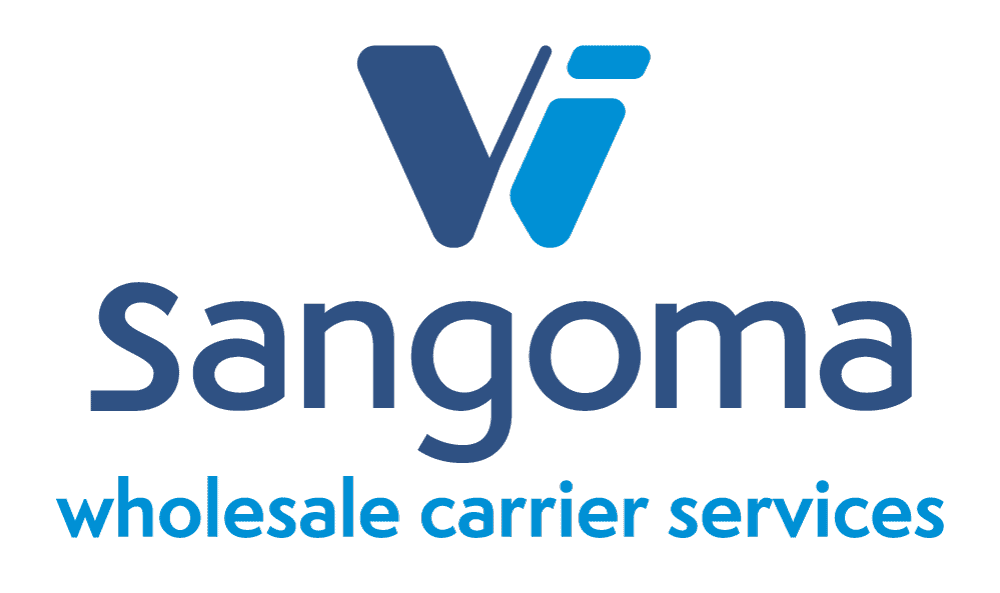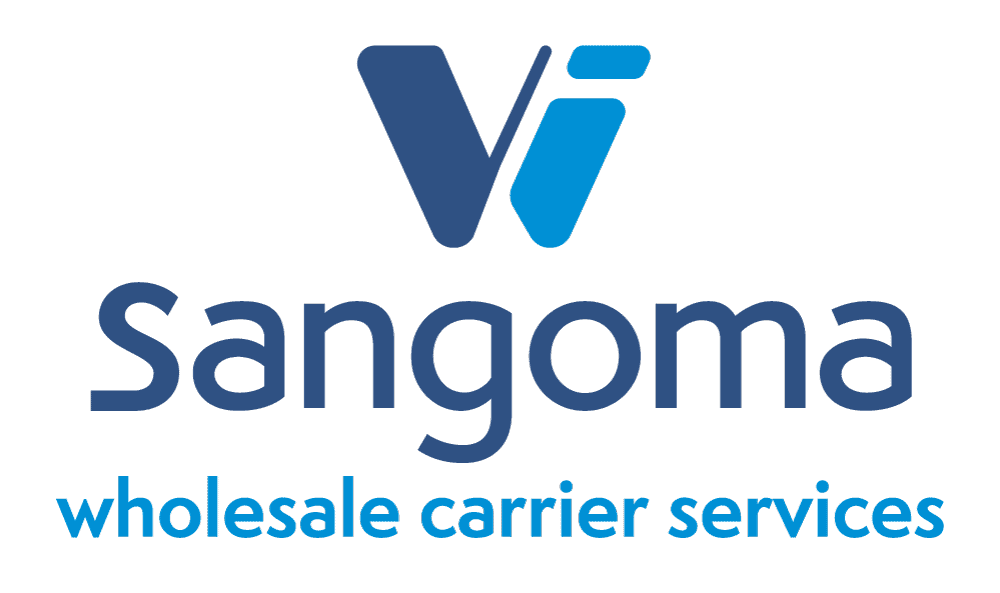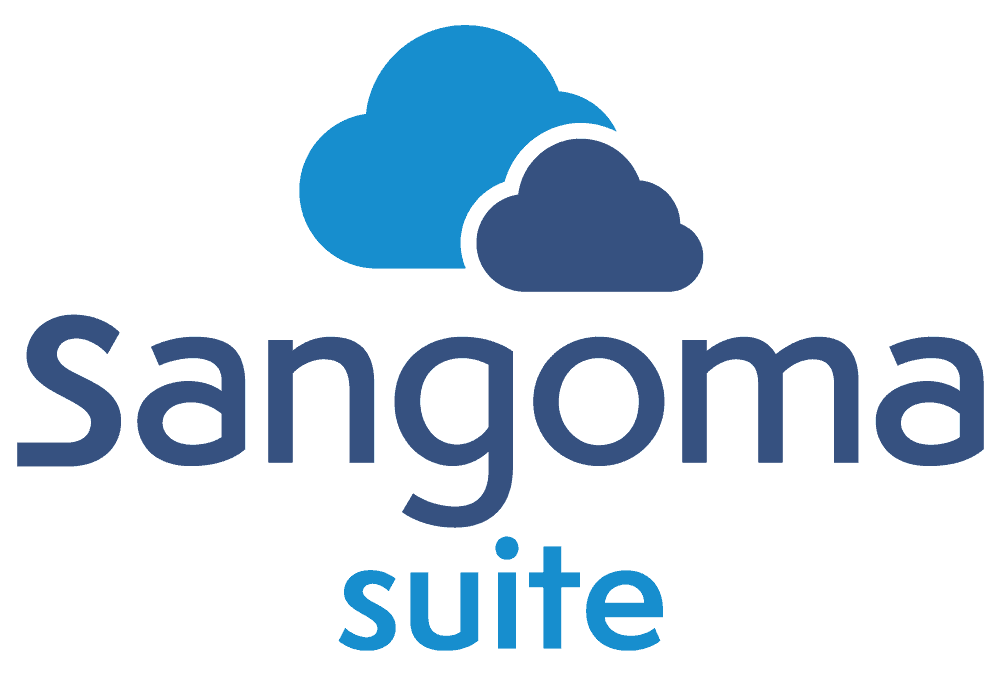Remote Work Adoption Challenges & Solutions with UCaaS and Connected Workspace
As we head into a new year, many of us reflect on the year before to see what we’ve learned and how we might apply those lessons to the year ahead. In terms of remote work adoption, one of the most salient lessons is that preparation and the right tools are essential for a smooth transition to the future of work. In this article, we explore some of the common challenges and how we can overcome them in the year ahead.
As we’ve all seen, remote work adoption is not without challenges. Issues related to lack of interpersonal connection and connectivity can stall even the best-laid telework plans. Potential complications include challenges to fostering effective communications, promoting collaboration, and monitoring productivity.
Issue: Effective Communications For Remote Work Adoption
Remote workers can experience disconnect from their long-distance peers, with logistical issues further complicating those matters. Common complaints include difficulty pulling together meetings, collaborating, conveying policy and viewing, drafting, and editing documents.
Of course, effective communication and proper tech deployment are key. Other recommendations include promoting timely and transparent dialogue, establishing dedicated work-time schedules for staff and blocking certain periods each day for availability.
It is also important to remember that, while ineffective communications can trouble any organization, that disparity is only magnified in a remote-work setting.
UCaaS
UCaaS represents a “fundamental shift in business communications” by expanding on traditional voice services. This consolidated cloud system supports videoconferences, faxes and messages. Plus, its accessibility from any internet-equipped location takes pressure off of the end-user adopter.
UCaaS includes features to bolster engagement, productivity and business continuity while requiring less physical hardware. With less equipment, it should be noted that the chances of end-user error in the remote work adoption process also go significantly down.
Connected Workspace
A Connected Workspace is a DaaS (Desktop as a Service) product with cloud-based workspaces to support remote storage, application use and other remote work needs. Connected Workspaces reinforce remote communications, promote employee engagement, extend productivity and reduce cost.
Issue: Productivity Monitoring
Without proper planning, companies with remote workers may struggle to manage productivity on a day-to-day basis. Given geographic, technological and logistical issues, proper telework policy requires both trust and understanding for the staffer; lack of productivity will always be exposed. Collaboration software includes administrative functions for tracking productivity and providing disclosure regarding day-to-day activities as well as regular reporting.
Issue: Cybersecurity
Unfortunately, cybersecurity is a more pressing workplace concern than ever, with instances of ransomware attacks alone up 151 percent Y2Y for 1H 2021. This worry is further amplified by the swell of at-home work policy that prevents the employer from seeing staff behavior and risk. Conveying security “best practices” and requesting information non-disclosure helps, but does not address ill-advised or malicious decisions. Other cybersecurity recommendations for remote work adoption include:
- Requiring VPN access
- Restricting visibility and flexibility regarding certain docs
- Promoting awareness of smart password practices
Issue: End-User Remote Work Adoption
Digital remote work adoption can be problematic in a physical workplace; issues become compounded when the remote worker must provide his or her own tech support. Insufficient communication practices tend to lead to common deployment issues such as:
- Inadequate digital training, amplified by a lack of hands-on assistance for those in need
- Reluctance to try new technology, paired with sloppy or outdated IT habits
- Ill-equipped digital remote work adoption policy or strategy
Sadly, there is no definitive way to guarantee 100 percent telework productivity. Sure, many of the issues preventing effective remote work can be fixed with some attention. Ultimately, however, organizations need to be flexible and willing to invest in cloud software in addition to staff digital literacy training and “best practices”. Potential barriers to remote work adoption can usually be scaled if the company is willing to take that leap.
The post Remote Work Adoption Challenges & Solutions with UCaaS and Connected Workspace appeared first on Sangoma.





